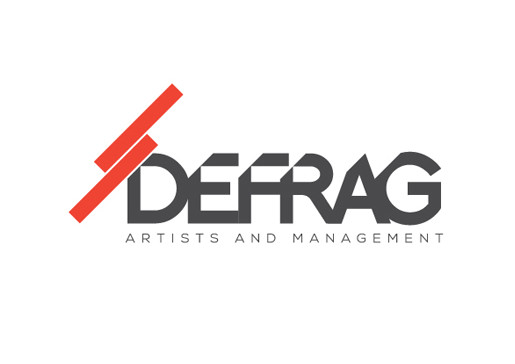

There haven’t been enough appeals to reflect on why violence persists and what systems and societal structures make women vulnerable. The loudest calls, mostly in the wake of horrific femicide or rape cases, have been for harsher sentencing - or even the death penalty. South Africans simply cannot see a different reality from the one that dominates their lives.
Social amnesia logo drivers#
Perhaps these structural drivers have made it difficult for violence prevention to gain traction. Many argue that a history of state-sanctioned violence, poverty, socio-economic inequality and gender disparities underpinned by a highly patriarchal society explain the country’s high violence rates.
Social amnesia logo full#
Yet governments and communities rarely give the effort their full support, and each year we’re told that the ‘crisis’ is deepening. Recently the National Strategic Plan on Gender-Based Violence and Femicide, and the White Paper on Safety and Security, reiterated the importance of preventing violence against women. Since the 1970s, feminist activists and community leaders have been challenging rape myths through public education and demanding changes in how the police, doctors and courts treat victims. It also presents incidents as episodes rather than daily occurrences fomented in regular interactions, institutions and language.Įfforts to address violence against women aren’t new to the post-apartheid era either. Talking about this violence as a ‘crisis’ doesn’t encourage solutions that address it as an endemic social problem. In 1981, Soweto author Miriam Tlali wrote in the Rand Daily Mail that “virtually all black women, from small children to grandmothers and great-grandmothers, live in perpetual fear and are haunted by the lurking shadow of possible personal defilement.” The murder of women and gang rape are also not new or distinctly post-apartheid problems. Join Maverick Insider.įraming gender-based violence as a ‘crisis’ will no. If you’re rejigging your budgets, and it comes to choosing between frothy milk and Daily Maverick, we hope you might reconsider that cappuccino. Our country is going to be considerably worse off if we don’t have a strong, sustainable news media. We can't survive on hope and our own determination. A little less than a week’s worth of cappuccinos. At R200, you get it back in Uber Eats and ride vouchers every month, but that’s just a suggestion.

After all, how much you value our work is subjective (and frankly, every amount helps). We don’t dictate how much we’d like our readers to contribute. BUT maybe R200 of that R1,050 could go to the journalism that’s fighting for the country? Don’t get us wrong, we’re almost exclusively fuelled by coffee. Think of us in terms of your daily cappuccino from your favourite coffee shop. What it comes down to is whether or not you value Daily Maverick. A Week's Worth of Coffee to Keep Daily Maverick Alive


 0 kommentar(er)
0 kommentar(er)
